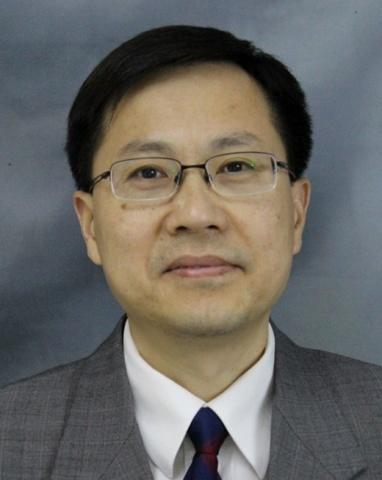
At North Carolina State University, Xiaoning Jiang, PhD, leads the Micro/Nano Engineering Lab (MNEL), which performs research on smart materials, smart structures, micro- and nano-fabrications, micro- and nano-devices, and their applications in biomedical, mechanical and aerospace engineering. Jiang also recently joined the Duke Neurology Department, where he’ll be applying his expertise in advanced ultrasound transducers to improve biomedical imaging, therapy, and drug delivery for stroke. In this week’s “Spotlight” interview, Jiang discusses the potential of ultrasound for neural stimulation and how his work at the MNEL may help us better understand and treat stroke. He also talks about his own career path to biomedical device research, development and commercialization.
Welcome to Duke and to the Neurology Department? What are your current responsibilities within the Department? What does a typical day look like for you?
It is an honor to be appointed as an Adjunct Professor at the Neurology Department. I have been collaborating with Dr. Wayne Feng and Dr. Pratik Chhatbar at the Neurology Department on ultrasound neurostimulation, and I have also been collaborating with labs in other Duke departments, including Biomedical Engineering (imaging guided sonothrombolysis) and Surgical Sciences (ultrasound therapy). I hope this new appointment will lead to more impactful research findings and clinical translations.
My typical day at these challenging times usually starts with a morning exercise, followed by typical faculty activities including teaching, research and service.
You’re coming to us from North Carolina State University, where you’re leading the Micro/Nano-Engineering Lab (MNEL). What is the focus of the MNEL and it’s work?
The (MNEL) I have been directing works to perform research on smart materials, smart structures, micro/nanofabrications, micro/nano-devices, and their applications in biomedical, mechanical and aerospace engineering. The focus of MNEL is to innovate ultrasound transducers for medical imaging, therapy and drug delivery. A few MNEL research topics such as intravascular/endovascular sonothrombolysis, ultrasound neural stimulation, etc. can be of interest to neurologists.
How will your work at the MNEL help us better understand, treat, or prevent stroke or other neurological conditions?
Our recently developed forwarding-viewing ultrasound catheters can be applied for fast and safe endovascular sonothrombolysis, which may be useful for treatment of stroke patients with venous or arterial thrombosis. Ultrasound is believed to have other roles in better understanding, treating, or preventing stroke or other neurological conditions by providing ultrasound imaging, therapy, drug delivery, and neural stimulation.
How has the field of biomedical engineering changed the most since you started studying the field?
Well, I do not have a long history of conducting research in the field of biomedical engineering, but I can sense that the pace of innovation is faster than ever, requiring timely concept demonstration, animal tests and thoughtful clinical trials. Otherwise, securing the research funding can be very challenging. The other change is that data science and artificial intelligence are taking increasingly important roles in biomedical engineering research.
What changes are you most excited about in the next decade?
Wearable and intelligent ultrasound for health monitoring, therapy, and human-machine communications.
What other passions or hobbies do you have outside of work?
I am still hopeful to commercialize at least one of MNEL inventions for clinical uses before I retire. I also enjoy traveling with my family and gatherings with friends.

In the photo above, Jiang explores the rock formations of Huangshan ("Yellow Mountain") in China.